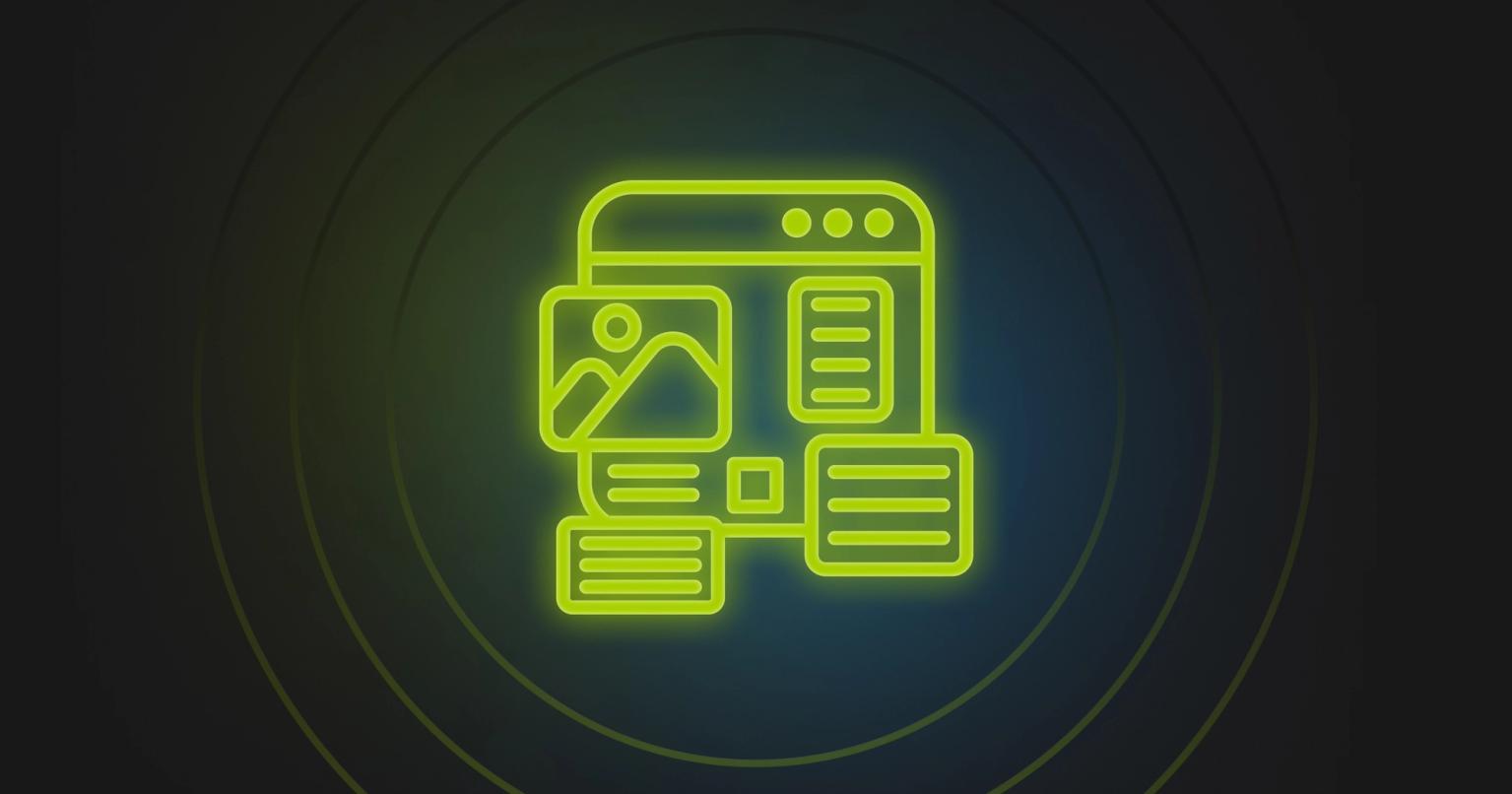Conversational Email: Tips to Drive Engagement

Kim Greenop-Gadsby
Marketing, Knak
Published Oct 30, 2020

Summary
Discover how to transform your email marketing into engaging conversations with Kim Greenop-Gadsby's expert tips on personalization and style.
Have you ever been on a very bad date? The kind where the other person just talks about themselves or whatever it is they think you should be interested in? That kind of date is not a conversation. It’s a one-way discussion with no input from you, and after a while you stop trying to engage and just wait for the evening to be over.
This is exactly what traditional email marketing is like. To be honest, it’s what many companies do today. Their emails are:
- Impersonal
- Insincere
- Generic
Forget about personalization. You’re lucky if they remember your name! And like a truly awful date, they’re constantly in contact, even though you’ve definitely ghosted them.
Get the Right Swipe
Inboxes are like a dating app – you get one chance and a few seconds to make a first impression.
With dating apps, you take a quick look and decide if the potential match is attractive. If the answer is yes, you take a second look and decide if you want to know more.
Inboxes operate the same way.
Your company, sender name, subject line, and preview text contribute to the first impression. If they make a good first one, a subscriber will open your email, and within seconds, they’ll know whether they want to keep reading or end the conversation.
If they do start reading, subscribers will quickly decide to do one of five things:
- Read more about your offerings
- Click away and ignore you
- Delete the email
- Unsubscribe
- Report your email as spam
Clearly, the one they choose will have consequences for your reputation and spam score. And if your reputation is tainted, subscribers will avoid any re-kindling of a relationship.
As a note, inbox fatigue plays a big role here. As all of us get more and more emails on a daily basis, inboxes are being overwhelmed, and subscribers are more likely to scan their inbox quickly and move on. This is why it’s even more important to take advantage of the real estate you do have.
Conversational Email Messaging
If you mentioned in your dating profile that you loved roses, wouldn’t you be impressed if your date showed up with a bunch of them? You’d know that they were paying attention, and it would get your date off on the right foot.
Email is the same way. Personalization is important, and it needs to go beyond their first name to become an actual conversation.
So how do you send conversational emails?
- Writing style – Write like you’re speaking to an actual person. Yes, it should be professional, but write like a real person – not a robot – will be reading it.
- Segment – Segment your email list around:
- Behaviour – For example, your subscriber has downloaded content or made a purchase
- Personal Information – For example, the subscriber works in a specific department or has a certain title
- Automate – Automate your emails as much as possible. Personal emails take time, and if you can eliminate manual steps, you’ll free up time to make sure the design and copy are on point.
- Review, Review, Review – Once you’ve put automations in place, don’t take a “set it and forget it” approach. Schedule regular review intervals to make sure the copy is still relevant. For example, when lockdowns took place in early 2020, many organizations left their automations running. This meant that closed gyms still sent emails about setting up personal training sessions, and closed theaters sent emails about new releases. Review your automations regularly to keep your content relevant and fresh.
Optimize Your Writing Style
You wouldn’t put a printed document in a social posting, would you? Of course not – you adapt the style of writing for the platform you’re using. The same should be done for email.
Here are my tips for hitting the right tone in your emails:
- Use short and concise sentences
- Keep paragraphs short – aim for 50-125 words total for the email copy
- Don’t waffle – say what you mean, and do it quickly
- Utilize bullet point lists
- Avoid jargon or industry abbreviations
- Make your copy scannable
- Don’t write like you speak, but write like you would like to speak.
- For example, you may actually say this: “You look pretty, and I, um, you know, really would like it if we could hang out a bit, you know, if you aren’t too busy?”
- But what you should say (and write) is this: “You look lovely today – care for a walk in the park?”
Other pointers:
- Don’t be dull. If you’re bored reading it, your subscriber will be too.
- Ask a wide range of people to review your email to see if it grabs their attention.
- Use simple and easy words, especially if you are sending to countries where English isn’t their first language. If they have to use a dictionary, you have lost.
- Stop using “I,” “we,” and “us.” Instead, use the pronouns “you,” “your,” and “you’re.”
- The “From” name is so important. Don’t use a generic email address!
- Optimize your subject line and preview text for maximum impact. If they are generic, your email will never be read. Hint*: Knak has a great post about optimizing preview text.
- Use multichannel data to help with your personalisation
- Don’t neglect the design – it’s just as important as the writing. *Knak has some great posts about email design also! Check here and here.
Why Isn’t Everyone Doing This?
Getting the right tone of voice in an email is difficult, and companies are often worried that their messaging may not be quite on-brand. After all, anyone who’s been on a first date knows that it’s easier to talk about yourself than it is to have a conversation with your date.
These are the two main roadblocks to creating great conversational emails:
- Too many Aunt Lindas – We all know Aunt Linda. She likes to share her opinion, but unfortunately it isn’t generally based on fact, proof, or experience. Instead, it’s based on a Facebook post she read while getting her hair done.
You will likely have many different stakeholders with different opinions on your marketing emails, and most of the time, they will contradict each other. By the time your email is sent, it may look nothing like you originally intended.
The workaround – Get buy-in from the outset, and make sure your approvers have visibility into the entire process so your messaging isn’t derailed before it’s sent. Knak has some great collaborative features to help with this if it’s a struggle at your organization.
- Checkbox exercises – This happens when the internal team has spent months producing a piece of content. They’re really proud of it, so they decide it needs to be sent to everyone, whether or not it has anything to do with the subscriber set.
Sending an email just for the sake of sending it – as a simple “tick the box” exercise – is the worst reason to send an email. Your company may see it as “just one email,” but it could be the proverbial straw that broke the camel’s back in terms of subscriber loyalty.
The workaround – You wouldn’t date just anyone, would you? Likewise, your subscribers don’t need to get every email you create. Lean into your data, and make sure you’re sending relevant, personalized content to each segment.
Don’t Leave Subscribers Bored and Lonely
Every prospect in your database is a potential partner, and as such, they should be treated with respect and admiration.
Companies can be very rigid in the way they market – sort of a “devil you know” situation. If your stakeholders insist that emails should be sent/worded/designed a certain way, it’s time for some A/B testing.
Take a segment of your contacts and target them with a personalized approach. You won’t get it right the first time, so keep tweaking and keep testing. One single email tells you nothing – test over time, and keep detailed reports so you get accurate results.
Once you begin to show that your efforts are making an impact, you can start testing with larger segments.
And if you’re still not seeing the conversions you were hoping for, become more daring. You only get one shot to make an impression, so make it count – incorporate some humor, add GIFs, make bold, cheeky statements. Your A/B tests will show you what’s working.
Most importantly, remember that a person will be reading your emails, not a company or a brand. Make a connection with that person, and make it fun.
After all, email marketing is certainly not boring, so let’s not leave our subscribers bored and lonely.
Knak is the first email creation platform built for the enterprise. If you want to empower your team (and we mean anyone on your team) to build world-class, on-brand emails and get them to market quickly, we’d love to chat! Reach out here, or check out our product pages.
Our guest author, Kim Greenop-Gadsby, is the UK-based, South African born Marketing Automation Specialist at Proact Group. Learn more about her in Knak’s 10 Incredible Women of Email post.











